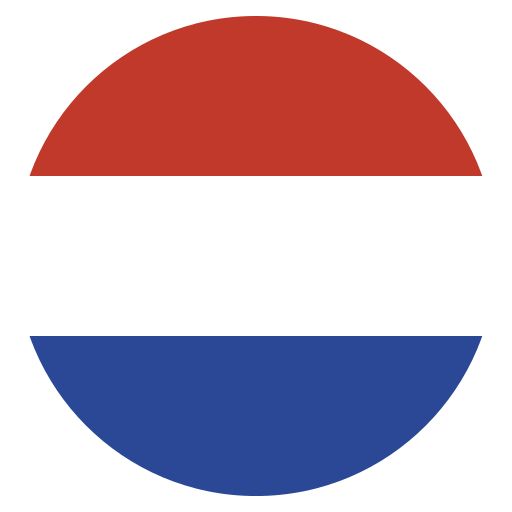Eurovent Energy Classification RS4/C/001-2019
Thanks to this Eurovent standard, it is possible to compare air filters in terms of energy consumption, based on ISO 16890. The energy consumption per year is calculated using the following formula:
.png)
W = annual energy consumption (kWh) Qv = airflow (m3/s) Δp = average pressure drop (Pa)
T = operating time per year (hours) η = fan efficiency (%)
Within this formula, Eurovent uses several constants:
The airflow is standard 3400 m3/h, the number of operating hours is standard 6000 hours, and the fan efficiency is set to 50%. The only variable is the average pressure drop. The average pressure drop is the average of the initial pressure and the pressure drop of a filter with a specified dust loading using ISO test dust. The dust loading required depends on the filter group the filter is assigned to;
| Filter Group | Dust Loading |
| ePM-10 -xx% | 400g |
| ePM-2.5 -xx% | 250g |
| ePM-1 -xx% | 200g |
Energy-Efficient Air Filter
The result of the formula determines how energy-efficient a filter is. The lower the number of kWh, the lower the energy consumption, and thus the lower the energy costs and CO2 emissions associated with generating the required energy. Depending on the calculated annual energy consumption, Eurovent assigns energy labels to Eurovent-certified filters that have been tested with an airflow of 3400 m3/h in accordance with the requirements of RS4/C/001-2019.
| ISP ePM1 group | Energy Class A+ [kWh] | Energy Class A [kWh] | Energy Class B [kWh] | Energy Class C [kWh] | Energy Class D [kWh] | Energy Class E [kWh] |
| 50% - 55% | ≤ 800 | 900 | 1050 | 1400 | 2000 |
> 2000 |
| 60% - 65% | ≤ 850 | 950 | 1100 | 1450 | 2050 | > 2050 |
| 70% - 75% | ≤ 950 | 1100 | 1250 | 1550 | 2150 | > 2150 |
| 80% - 85% | ≤ 1050 | 1250 | 1450 | 1800 | 2400 | > 2400 |
| ≥ 90% | ≤ 1200 | 1400 | 1550 | 1900 | 2500 | > 2500 |
| ISP ePM2.5 group | A+ | A | B | C | D | E |
| 50% - 55% | ≤ 700 | 800 | 950 | 1200 | 1700 | > 1700 |
 EN
EN
 NL
NL PL
PL 
